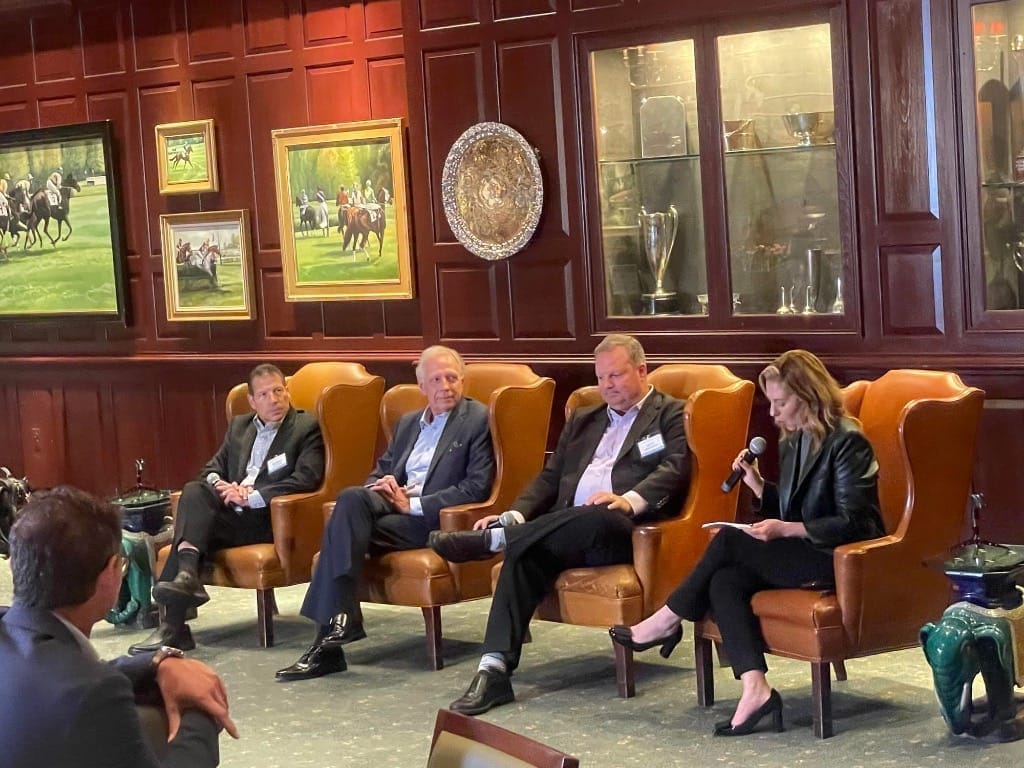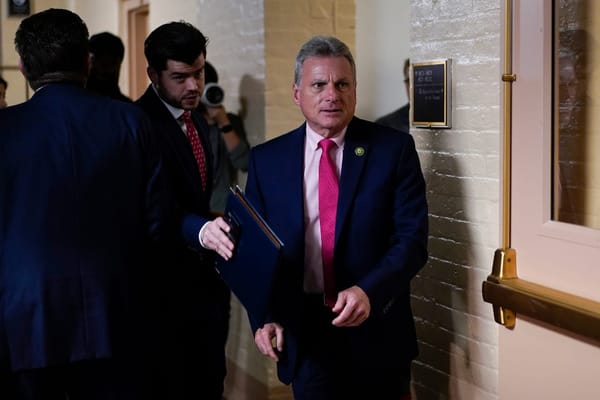Industry Officials Say More Middle Mile Funding is Needed
The $1 billion federal middle mile program received $7.5 billion in applications.
Jake Neenan

WASHINGTON, Sept. 19, 2024 – Broadband industry officials had one policy recommendation at Broadband Breakfast’s Digital Infrastructure Investment Summit on Thursday: more government funding for middle mile infrastructure.
Video Clips (see below for full video):
“I think that public funding of more middle mile can be very,very helpful for rural communities,” said Nathan Walowitz, regional broadband program director for the Northwest Colorado Council of Governments. “It’s going to take an effort of the whole to be able to solve the middle mile access challenges.”
Middle mile infrastructure connects local networks to the internet backbone. Public money does exist for this – the Infrastructure Act set up a $1 billion middle mile program and states like California and Illinois have been putting hundreds of millions in pandemic response funding toward building their own middle mile networks. But there’s been broad agreement that middle mile needs are greater than the money flowing in.
Tad Deriso, president of the Mid-Atlantic Broadband Communities Corporation, noted that the $1 billion federal middle mile program received more than 230 applications, totaling nearly $7.5 billion.
“Sure, there are some good proposals and bad proposals,” he said. “But even if you take 50 percent of those and say, ‘50 percent were great proposals,’ that’s still $3.5 or $4 billion that could have been implemented in these middle mile projects.”
More public or open access middle mile infrastructure can bring down the costs of those last mile connections, said Mark Vasconi, president of Vasconi Consulting, either by eliminating the need for smaller providers to build it themselves or by providing an alternative to high transport costs on existing incumbent-owned fiber.
 Broadband BreakfastBroadband Breakfast
Broadband BreakfastBroadband Breakfast
He gave an example of a cost study his company conducted for a project that would service 8,000 locations in southeastern Washington.
“It was going to cost $60,000 per connection, and a substantial part of that was because of the lack of middle mile,” he said.
Marissa Mitrovich, the Fiber Broadband Association’s vice president of public policy, noted that states with leftover money from the $42.5 billion Broadband Equity, Access, and Deployment program – which is focused on the last mile – can potentially be used to fund middle mile projects.










Member discussion